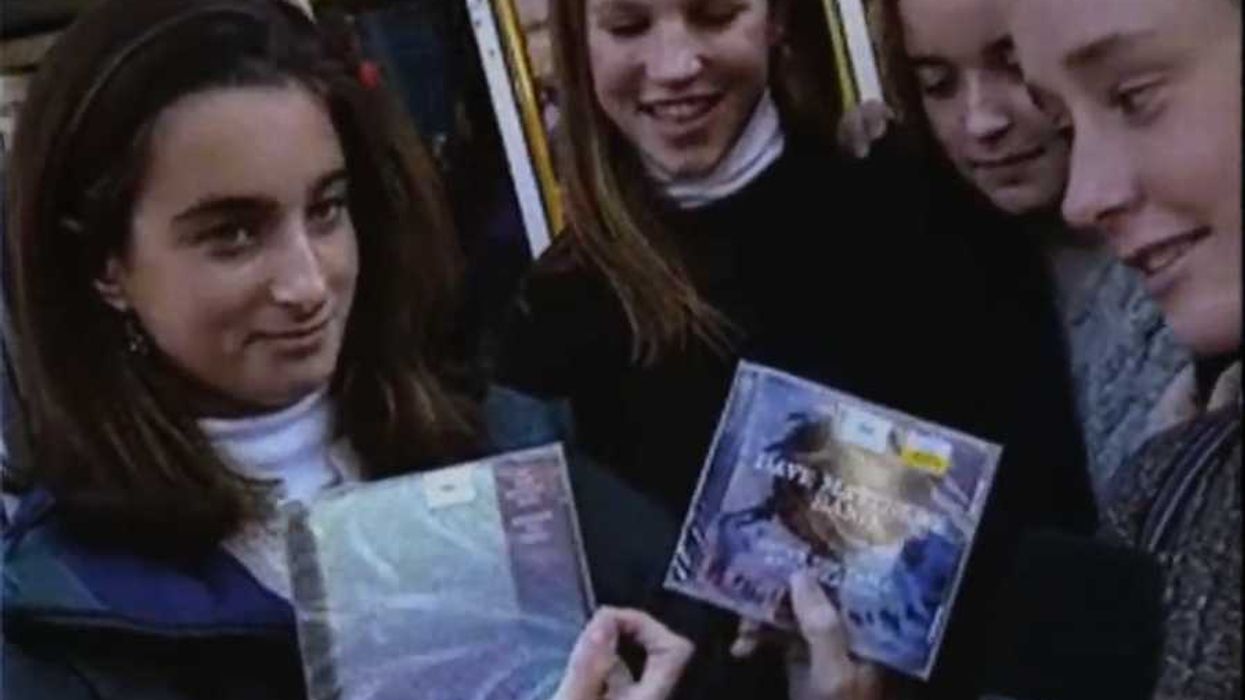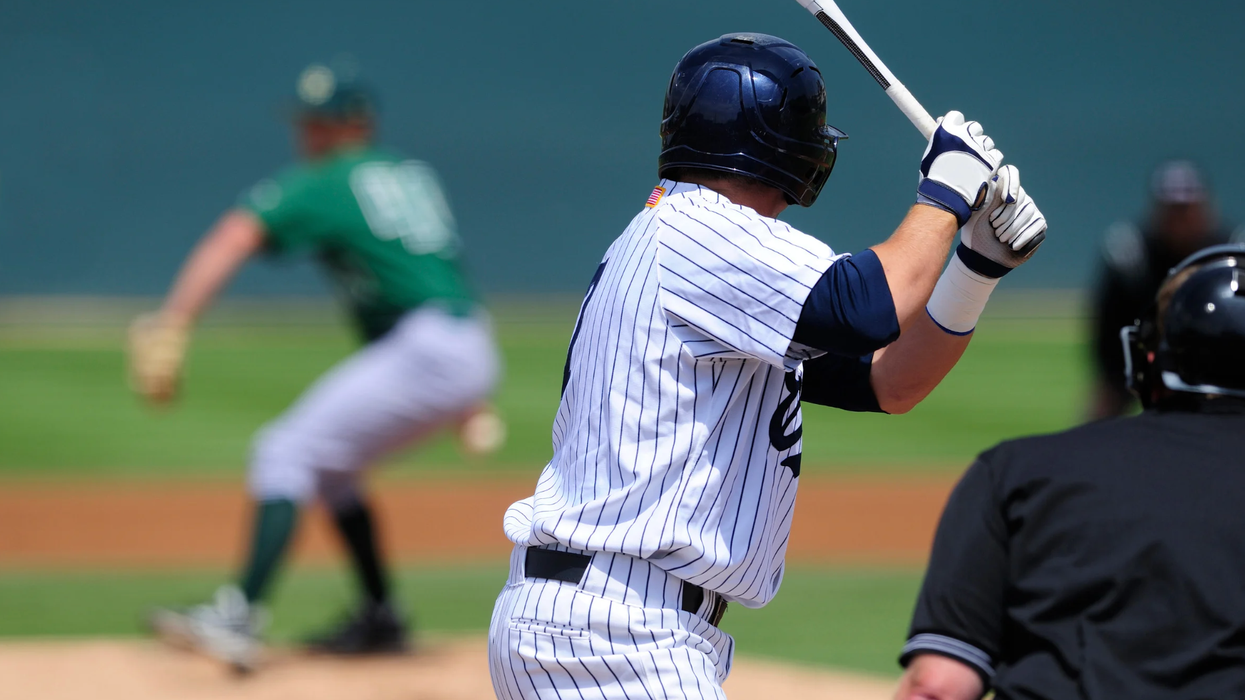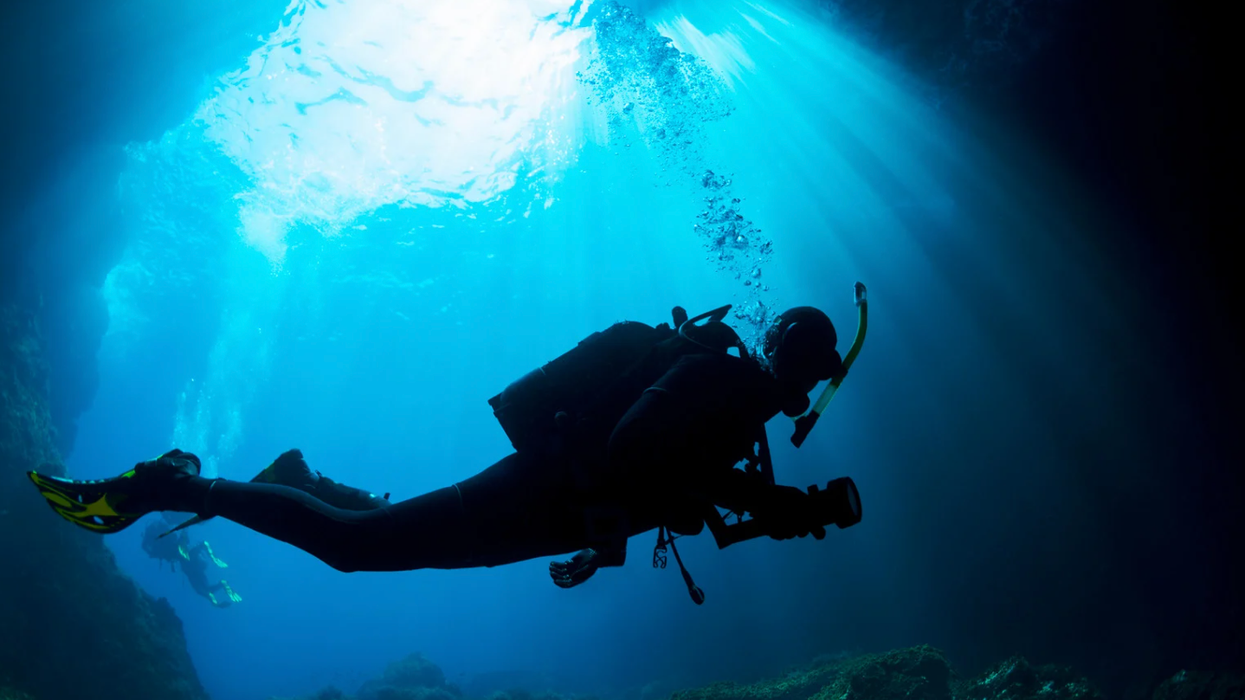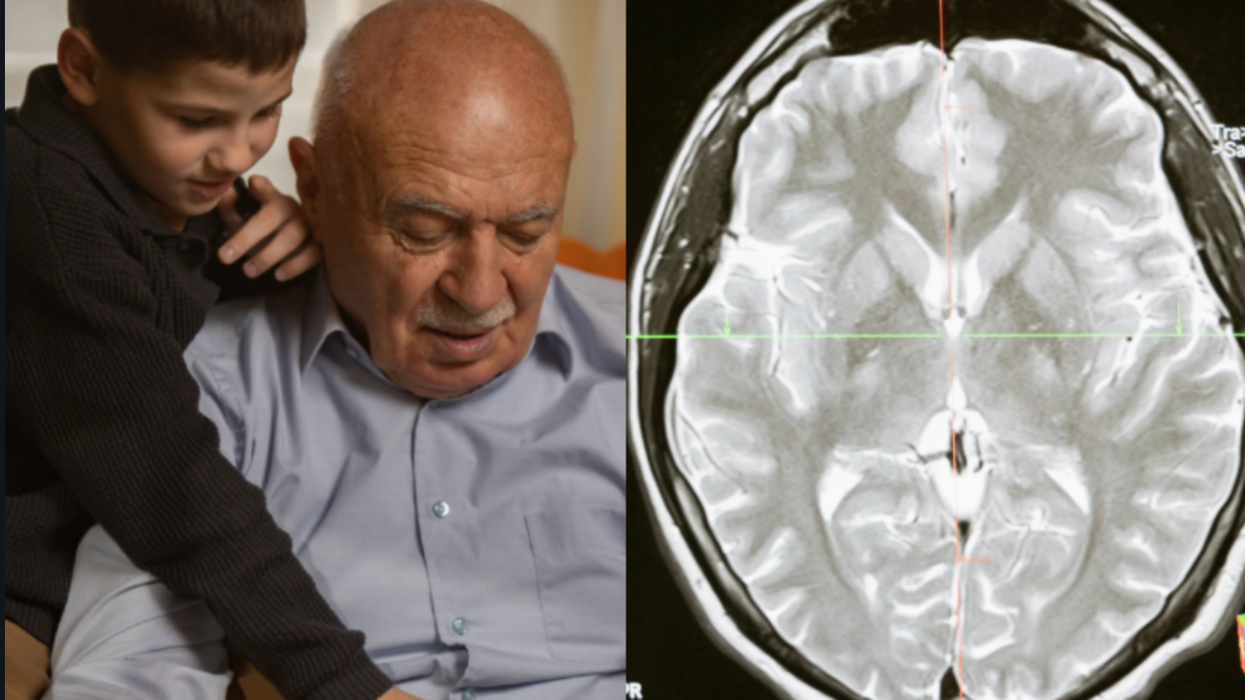Heading a football/soccer ball may look effortless but many scientists have suspected it might actually harm the player’s brain. There could be real consequences—we know that brain injury is linked to an increased risk of dementia, for example. However, it has proven surprisingly difficult to find out the true impact of soccer ball heading, partly because mild brain injury is notoriously difficult to detect.
Now our new research, published in EBioMedicine, suggests that just a single session of heading practice results in temporary impairment in memory and a disruption of the normal balance of chemicals in the brain. We must now investigate whether these effects remain temporary after repeated soccer ball heading exposure and what the long-term consequences on brain health are.
Much of what we know about the brain is based on research on the mature brain, but the human brain is not fully developed until our early twenties. The frontal lobes are especially late to mature. This part of the brain, which absorbs the impact of the ball, is home to uniquely human qualities such as impulse control and conscious planning. In the teenage years brain chemicals are in a state of flux and the brain is very sensitive in lots of ways. A massive process of reorganization of connections takes place before the brain calms down in its mature state.
The experiment
A typical soccer practice drill involves many repetitions heading the ball. So what happens to the brain when these head impacts are repeated over and over again—particularly when done from a young age?
To find out, we used a sensitive research technique from our basic neuroscience lab to conduct our study. Transcranial magnetic stimulation uses a coil held over a person’s head to generate a brief magnetic pulse stimulating a small area of the brain. This, together with electrodes placed over the muscle, can be used to measure neural signals from the brain to the muscle.
From this we can work out the level of “inhibitory chemicals” in the brain. These can interrupt or block certain brain activity and potentially make muscles more difficult to control, for example. In particular we look at the brain-signaling chemical called GABA, which is the most powerful inhibitor in the brain’s motor system. If there is more inhibition in the brain it means that the normal brain chemistry is changed after hitting the ball with the head.
We asked a group of soccer players to head a ball 20 times, fired from a ball machine to simulate the pace and power of a corner kick. Before and after the heading sessions, we tested players’ brain inhibition measured using transcranial magnetic stimulation, and players’ cognitive function such as memory. We monitored these same levels again the next day, the day after that, and two weeks after the heading session in the lab.
We found that soccer ball heading resulted in immediate and measurable changes in brain function. Increased inhibition in the brain was detected after just a single session of heading. Memory test performance was also reduced by between 41 and 67 percent.
The good news is that these changes in brain function were transient, with effects normalizing within 24 hours. The bad news is that we do not know whether there is an accumulative effect when this biochemical disruption is repeated over and over again through weekly heading practice drills, or what the long-term consequences of heading on brain health are. This is why further research is needed.
Now that we know that heading a soccer ball changes the biochemistry of the brain, at least temporary, we would like to visualize the effects of heading by using a brain scanner. In a brain scanner we can see how micro-damage to brain structure and brain connections relates to changes in the biochemistry of the brain. This would give us a much better idea of what goes on in the brain as a result of heading the ball. Therefore the research we have done is just a first step on the journey of finding out what is the true impact of soccer ball heading.
Should we let kids play soccer?
So what does this mean for players of the beautiful game? If there is more inhibition in the brain immediately after heading the ball, this could affect control of the muscles which may impair performance and expose the player to greater injury risk—something that has previously been reported in people who have had a concussion.
It is also important to realize that there are no known safe levels of soccer ball heading. One header is unlikely to give you brain damage, but how many headers do? At what levels of exposure do we enter the grey zone?
It is perhaps a bit like alcohol, there are no known safe limits for alcohol consumption. Disrupting the brain chemistry during brain development until late adolescence may warrant extra caution. Hopefully, further research can shed some more light on long-term health implications.

















 Ladder leads out of darkness.Photo credit
Ladder leads out of darkness.Photo credit  Woman's reflection in shadow.Photo credit
Woman's reflection in shadow.Photo credit  Young woman frazzled.Photo credit
Young woman frazzled.Photo credit 
 A woman looks out on the waterCanva
A woman looks out on the waterCanva A couple sits in uncomfortable silenceCanva
A couple sits in uncomfortable silenceCanva Gif of woman saying "I won't be bound to any man." via
Gif of woman saying "I won't be bound to any man." via  Woman working late at nightCanva
Woman working late at nightCanva Gif of woman saying "Happy. Independent. Feminine." via
Gif of woman saying "Happy. Independent. Feminine." via 
 Yonaguni Monument, as seen from the south of the formation.
Yonaguni Monument, as seen from the south of the formation. 


